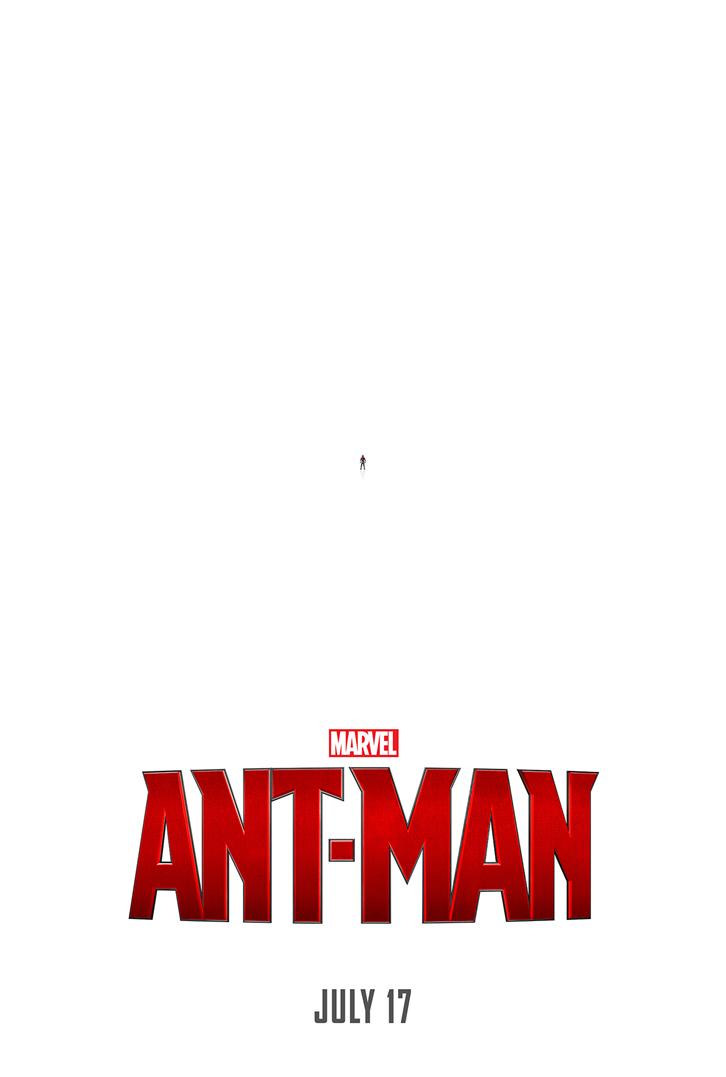
When you see the poster shown above for the first time, do you get an urge to take out a magnifying glass and “see what the heck is that in the middle?” What exactly is this unconventional marketing for a movie trying to sell?
The movie Ant-Man is the “smallest super hero in history” movie will be screened in July this year. It is another adaptation of Marvel comics that brought us the Avengers. The story is about a meeting of opposites: “Shrinks down to the size of an ant upon putting on the Ant-Man Suit and is also immensely strong”. Check out the trailer and feel the power:

▲Ant-Man’s super suit.
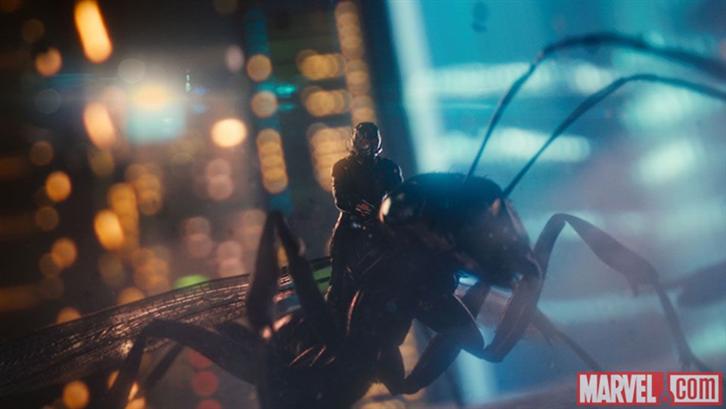
▲Put it on to shrink down to the size of an ant.
The marketing for Ant-Man adopted the unconventional “Ant’s View of the World” from the word go. Its first trailer was not targeted at humans who pay money to go the cinemas – it was pitched at ants! It can claim the title of being the first trailer in history made for ants. It’s pure discrimination against humans (see video below)! It was another four days before it released the “Magnified Trailer for Adults”:
The trick of “using a trailer to announce another trailer” was quite clever, so it generated a lot of attention and discussion.
Apart from the usual movie marketing techniques such as YouTube videos and posters, it didn’t leave out real-world outdoor billboards either. In Australia, Ant-Man advertisers chose outdoor venues with large crowds such as bus stops and billboards…. But they were all insanely small.
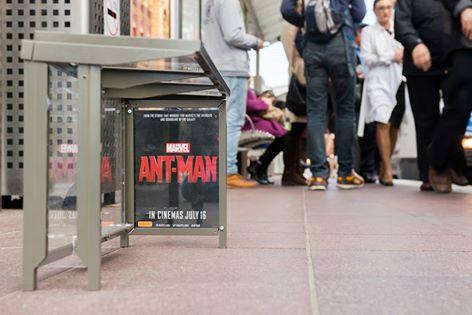
▲Ant-Man’s bus stop is right next to a normal bus stop. Cute.

▲An unobtrusive roadside billboard. Image Source.
“Small” by Design
These types of going small instead of big to draw attention has always worked well. There are other spectacular past cases. For its 50th anniversary, the World Wide Fund for Nature abandoned the narrative method it used countless times before to remind people that the rainforests are still an issue; it decided to do something that had never been done before: a real “Ant Protest March”!
WWF used laser-cutting technology to cut tiny messages into the leaves that ants carry everyday such as “Protect the Trees, For the Forests, Stop Logging, Donate Now…”. These ants really did lift up these leaves and marched through the forest. Amazing!
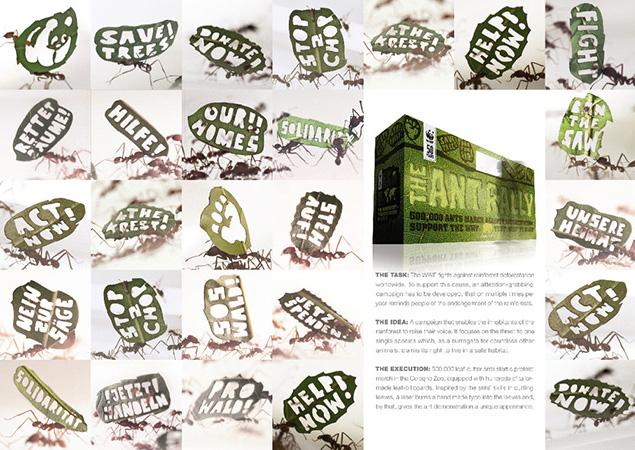
▲When even the ants are lifting up written leaves reminding people to pay attention to the rainforests, how can you ignore the message?
The Draw of the Unconventional
As modern consumers are bombarded with countless useless messages every day, we have long honed the skill to “decide whether a message is worth listening to” in a split second. This means brands must wrack their brains to deliver that same message in a different way. It can be something like a Rubber Duck that is too big to ignore, or as annoying as an army of flies that buzzes around.
The German publisher Eichborn found 200 flies at the Frankfurt Book Fair and attached fly-sized banner ads to their body that said “Fly Publishing Company”. These modified and very much alive army of advertisers flew all over the fair like small helicopters trailing banners with them. When they saw a likely target they would land on them (because flies get tired lugging all that “weight” about). Walking through the fair, it was hard to ignore these tiny banners flying under their own power, not brush off something that landed on you, or not dodge them as they flew by in front of your face. No matter what happened, they did their job of making you look. The logo of the publisher Eichborn just happened to be a fly as well. (Recommend reading: G!VOICE Vol 29 How’s This for Game Show Marketing?)
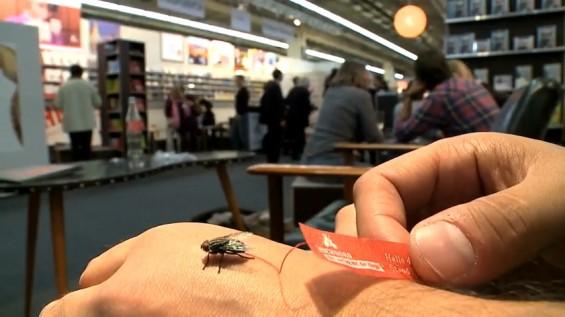
With Ant-Man, if the brand had not deliberately turned these tiny billboards that pedestrians easily ignore in real-life into news articles or videos titled as “OOXX for Ants”, we probably wouldn’t bother to press the Share button to let more people see it even as we laugh what’s on screen. That’s what the power of being unconventional is all about.
Sometimes, creativity is that simple. Just something different whether it’s the biggest or smallest in history; the slowest or fastest; the most or least; or the most expensive and cheapest… Basically, all you need to do is be different!
Mika, Internet Marketing Observer
Born in the 60s, Mika has worked in the field of consumption marketing for decades. He experienced brand strategy, product concept all the way to official launch. He cares about traditional marketing model as well as the changes arise from Web2.0 and social media.
